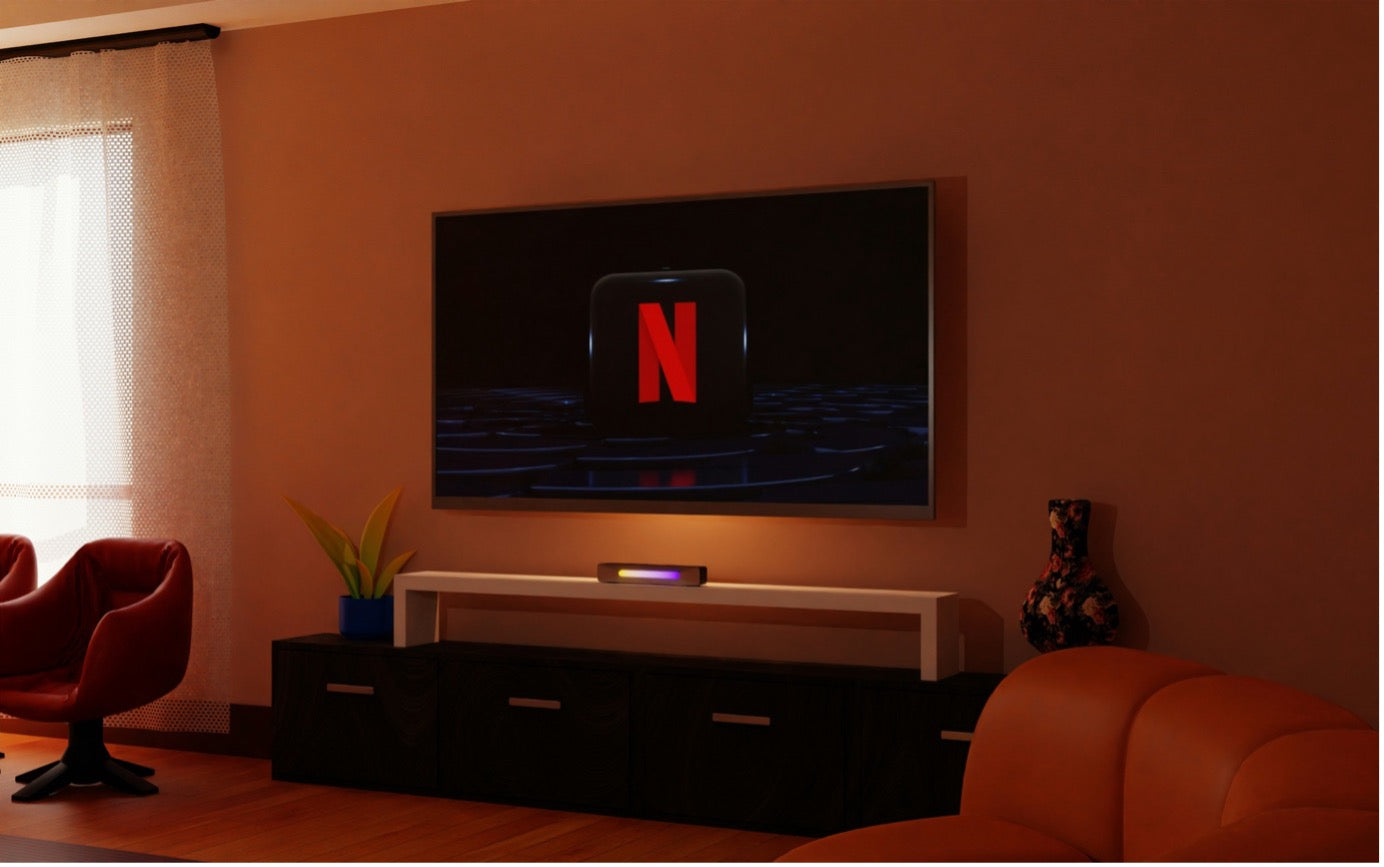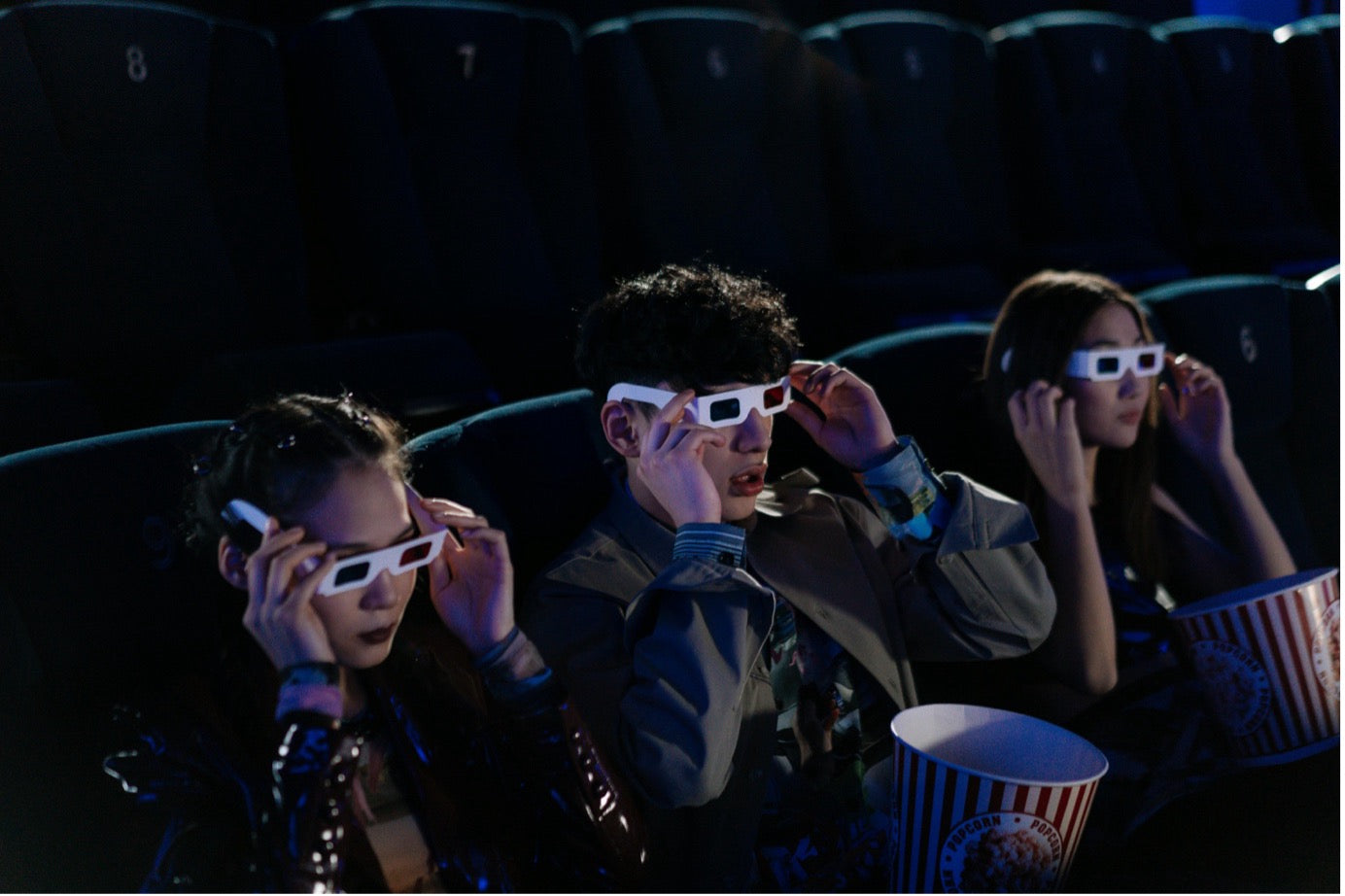Adverts have been around for almost as long as TVs have. The first ever advert in the UK was aired in September 1966 and showcased Gibbs SR toothpaste. The advert was in black and white to match the TV facilities, and the camera work offered less quality than what we see today. We explore the change in adverts and how the technology of new TVs has encouraged the shift in adverts produced.
Early TV Adverts
One of the best-known companies for iconic TV advertising is Cadbury. They have been on the screen promoting their products since 1955 with their drinking chocolate advert, as seen below.
As you can see, the advert's format is in the 4:3 aspect ratio. This was to optimise the advert for the display size available on older TVs. In addition, the adverts were much longer in the early days of TV advertising as there were fewer of them, and they were made to tell a story, romanticising the products. This was because a TV was usually only affordable by the wealthy people of society, which meant the company's advertising was typically luxury items. So although the likes of Cadburys drinking chocolate is a common household item in today's world, in the 1950s, it was classed as a treat.
Today, you can pick up cheap TVs for under £100, making them much more available for every household. This affordability meant that TV adverts not only changed in size to suit the widescreen angle now standard on most TVs, but they also changed in topics.
Introduction of Widescreen TVs
In the late 90s, the widescreen TV became a much more sought-after display size. Although movies were produced in widescreen when they reached domestic TVs, the screen used letterboxing to showcase the film. This meant unsightly black bars at the top and bottom of the screen. This encouraged TV manufacturers to produce TVs optimised for viewing movies. Thus, the widescreen TV was introduced.
However, it wasn't until the turn of the millennium did companies begin producing adverts in wider formats to suit the change in display size. As shown in the ASDA advert from 2006 in the video above, although it doesn't have the same square shape, it still isn't 100% formatted for widescreen ability. This is because many consumers may still have the previous style of TV, so ensuring everyone's device was catered for was essential.
A Shift in Consumerism
Before the turn of the millennium, adverts were used to encourage people to buy products from the advertised companies. However, as the years have progressed, consumers are much more active than passive, making much more conscientious decisions when buying products. This factor has made the advertising industry step up its game when creating adverts and marketing strategies.
TVs were initially the only place, aside from cinemas, where you would see video advertisements, whereas now they can be found online, on live TV, through streaming websites and much more. To advertise on live TV, especially in prime time, is vastly expensive. This means that putting an advert on it needs to capture viewers' attention when many will be checking their phones.
The Introduction of QR Codes
Instead of fighting the fact that many viewers would be checking their mobile devices during advert breaks, marketing companies have embraced this with the start of QR codes. Although they aren't common, the ability to scan a QR code has been introduced, which will take you to the website the advert intends you to follow.
This interactive feature is just one of the ways advertisers are embracing the modern world, and we expect many more adverts will follow the trend to reach consumers. The shift in technology has changed the opportunities video adverts offer and is just one way you can use your smartphone with a TV.
Interactive Adverts
With the likes of Samsung smart TVs offering direct access to streaming platforms such as youtube, there has been a change in the functionality of adverts. As a smart TV has web browser connectivity, you can click on adverts that come on either before the start or in the middle of the YouTube video. Taking consumers directly to the desired webpage or informational video allows advertisers to reach potential customers in a brand-new way.
So many businesses have become online exclusive. Whereas in previous years, the main goal was to encourage viewers to go out in person to purchase the product or visit a store, encouraging consumers to buy online is the goal for many companies. The ability to reach webpages where viewers can buy products directly from the TV makes more efficient use of video adverts. Although, like the QR code, these adverts are not that common. We expect this to become more popular as the technology and ability of smart TVs grow.
Finding the Right Smart TV for You
This change in how marketers use adverts will constantly be evolving. With the increase in new technology, we predict that a smart TV will be utilised more with increased interactive adverts. So make sure you are ahead of the trend by having the technology required for the new era of interactive advertisements with our smart TV deals. With over 35 years of experience, we will surely have a TV to suit every home. You can take a look at all our discount TVs online for quick delivery and confidence that you are getting the best value for money with your new smart TV.


